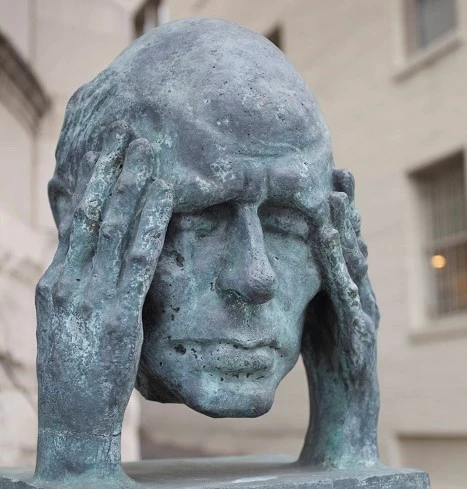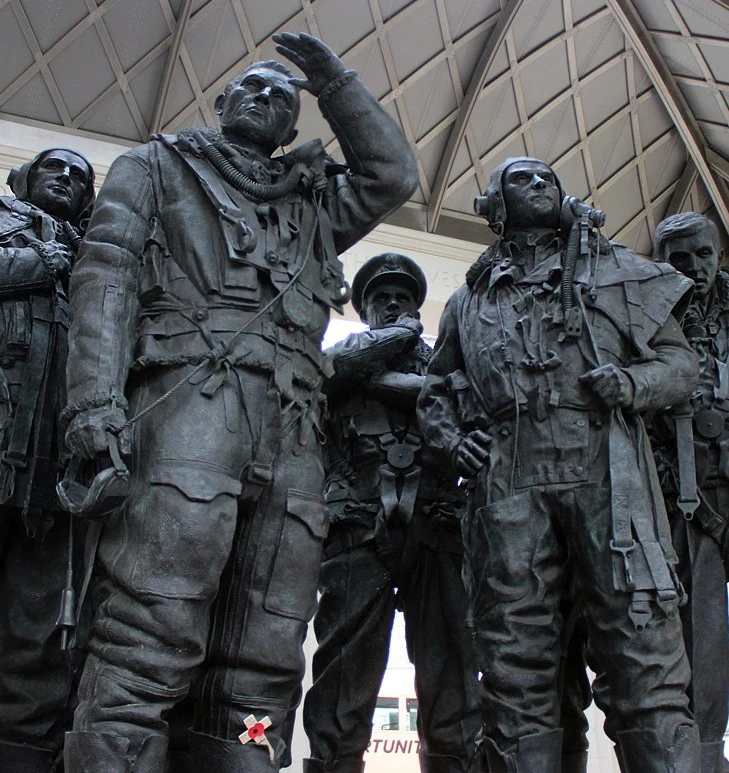
Sculpture for Soviet Domestic Enemy No.1
For two weeks in November 1988, Soviet nuclear physicist and activist Andrei Sakharov visited the United States. It was a triumphant moment near the end of the life of a man who both pioneered nuclear technology and campaigned to prevent the outbreak of nuclear war. From 1948, Andrei Sakharov had participated in the Soviet atomic bomb project, going on to mastermind the development of thermonuclear … Continue reading Sculpture for Soviet Domestic Enemy No.1






